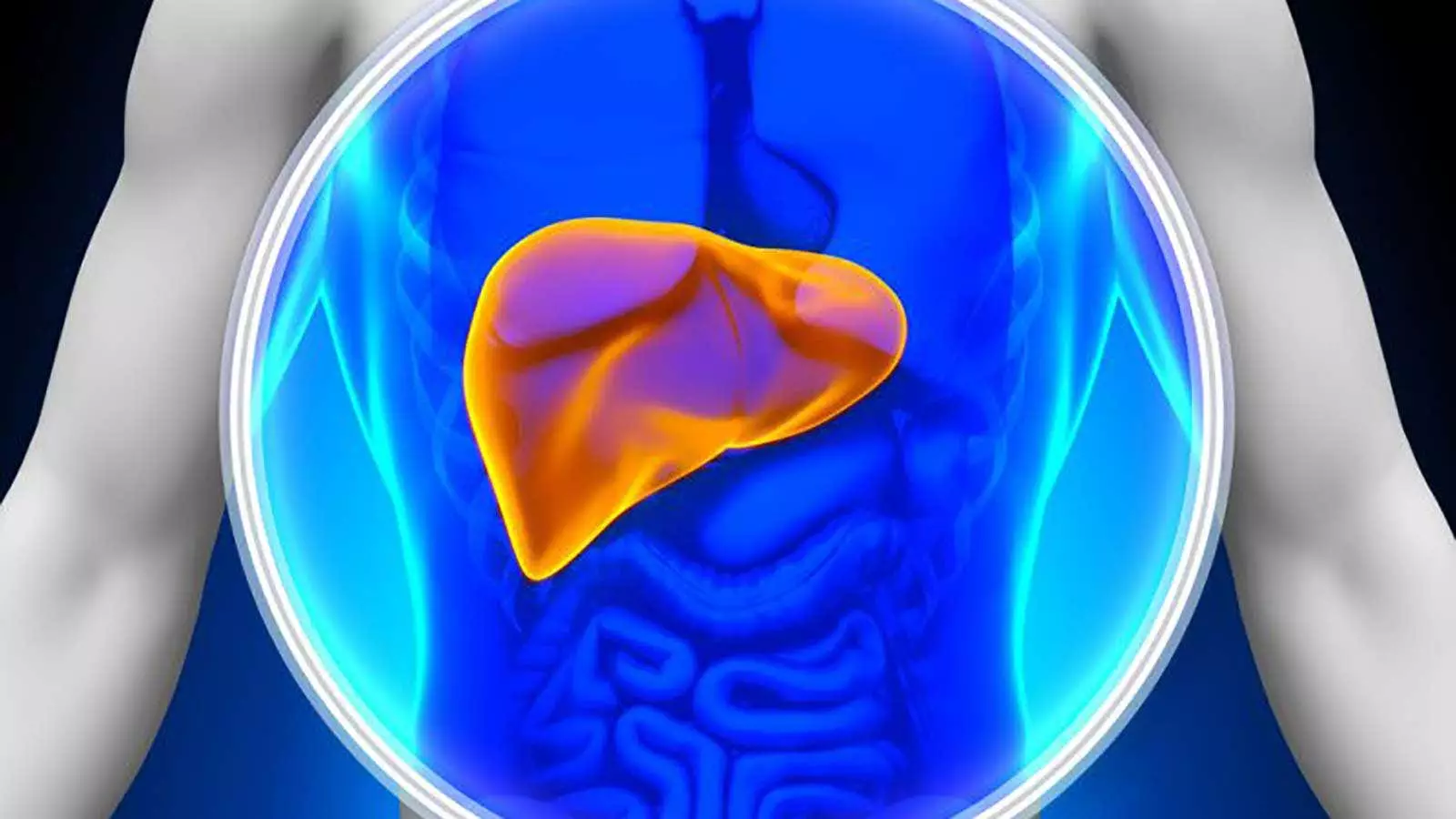The introduction of ursodeoxycholic acid (UDCA) for the treatment of primary biliary cholangitis (PBC) in 1997 was a significant advancement in hepatology. This bile acid-based therapeutic option not only provided patients with a new lease on life but also dramatically reduced the incidence of severe disease outcomes, including liver transplantation and premature mortality. However, the optimistic horizon brought forth by UDCA came with notable limitations—nearly 40% of patients suffering from PBC may experience inadequate responses to this treatment. According to Dr. David N. Assis from Yale, while UDCA can foster better outcomes than the absence of therapy, its effectiveness isn’t universal. This incongruity highlights the necessity for ongoing research and the development of additional therapeutic options in the management of PBC.
Despite UDCA’s established efficacy, around 5% of individuals may not tolerate the medication. As stated by Dr. Brett E. Fortune, the medical director of the liver transplant program at Montefiore, patients often report gastrointestinal disturbances such as nausea and diarrhea, rendering UDCA unsuitable for a small subset of individuals. This challenge necessitates the exploration of alternative treatments, indicating that although UDCA serves as a cornerstone of PBC treatment, patient tolerability remains a significant hurdle in achieving optimal therapeutic success.
Given the limitations associated with UDCA, clinicians have sought off-label therapies such as fibrates, which have shown promise as adjunctive treatments for PBC. Research indicates that nearly one-third of patients unsatisfied with their response to UDCA benefited from the addition of bezafibrate, although this particular medication isn’t available in the United States. A feasible alternative, fenofibrate, is also on the table, and emerging evidence suggests it may enhance treatment outcomes. These developments underscore the importance of personalized treatment approaches, tailoring therapies to individual patient needs to maximize the efficacy of PBC management.
In 2016, the landscape shifted further with the accelerated approval of obeticholic acid (Ocaliva), a farnesoid X receptor (FXR) agonist, presenting a new second-line treatment option. This medication can be utilized in tandem with UDCA for patients who do not achieve sufficient therapeutic benefit, or as a standalone treatment for those who can’t tolerate UDCA. However, the drug has its caveats; increased levels of pruritus—a severe itching sensation—have been documented as a side effect that appears to correlate with dosage. Dr. Ehud Zigmond has raised concerns regarding the potential adverse effects of obeticholic acid, particularly its ill effects on patients with advanced liver disease such as decompensated cirrhosis.
The mixed results from confirmatory studies necessitated the FDA’s cautious stance, leading to the decision not to grant full approval for obeticholic acid despite its continued availability on the market. Patients have shared success stories with this treatment, with some reporting improvement in liver fibrosis after transitioning to obeticholic acid from UDCA combined with bezafibrate. This indicates that while regulatory bodies exercise caution, the clinical utility of obeticholic acid cannot be underestimated.
Exciting developments continue to arise, particularly with the introduction of PPAR agonists like seladelpar (Livdelzi) and elafibranor (Iqirvo). Seladelpar has garnered attention for demonstrating significant improvements in pruritus, surpassing benefits offered by previous options. However, the safety profiles of these newly approved medications are still unfolding. Initial studies signal promising outcomes, but the real-world effects and rare side effects associated with previously established therapies like obeticholic acid necessitate thorough scrutiny for the new PPAR players.
A comprehensive understanding of the future PBC treatment landscape hinges on ongoing clinical investigations. Early findings suggest that though elafibranor achieves biochemical improvements, serious adverse events like hepatic failure must remain in consideration. On the other hand, interim results presented at the American College of Gastroenterology’s annual meeting indicated that seladelpar was well-tolerated, achieving meaningful improvements in patients with cirrhosis and cholestasis.
As researchers continue their pursuit of optimal therapies for PBC, attention must remain on patient safety and the cumulative effect of various treatment modalities. The evolution of PBC treatment will require a delicate balance of innovation, patient-centered approaches, and rigorous evaluation to ensure both efficacy and safety for those grappling with this chronic and often debilitating condition.


Leave a Reply